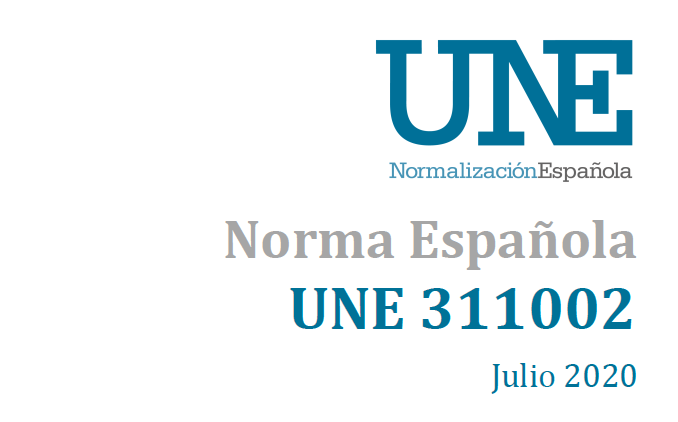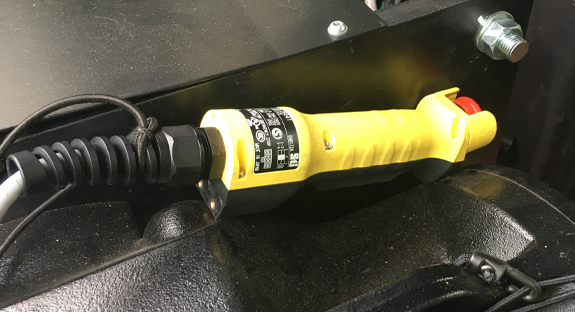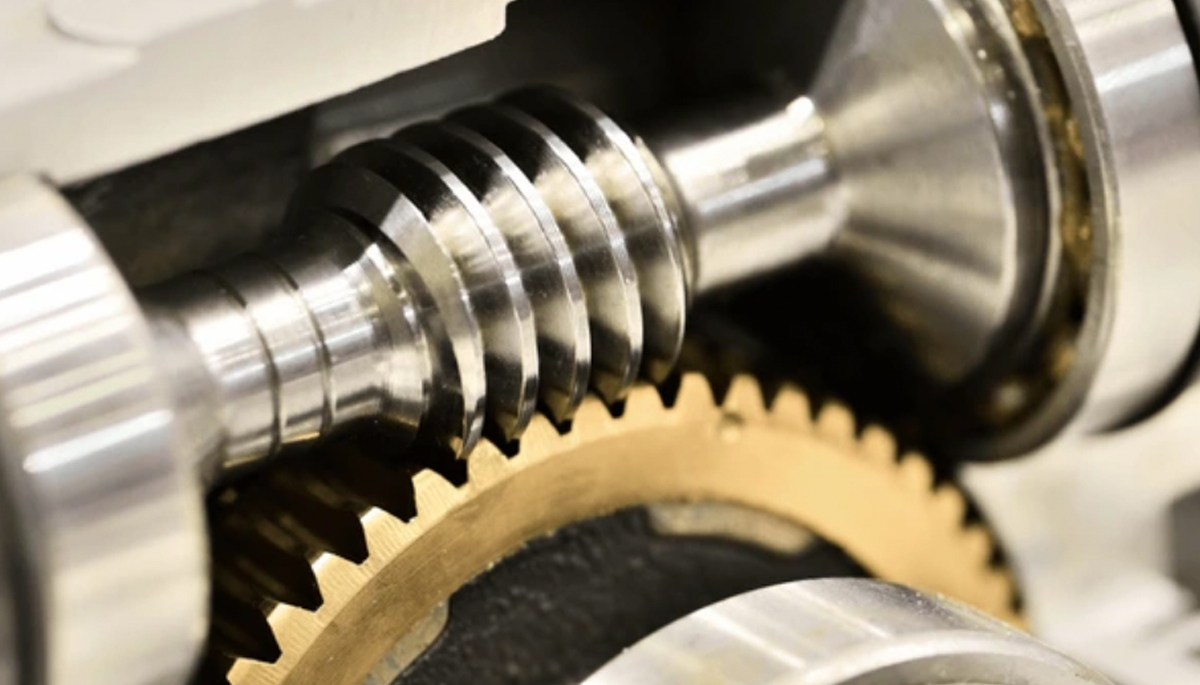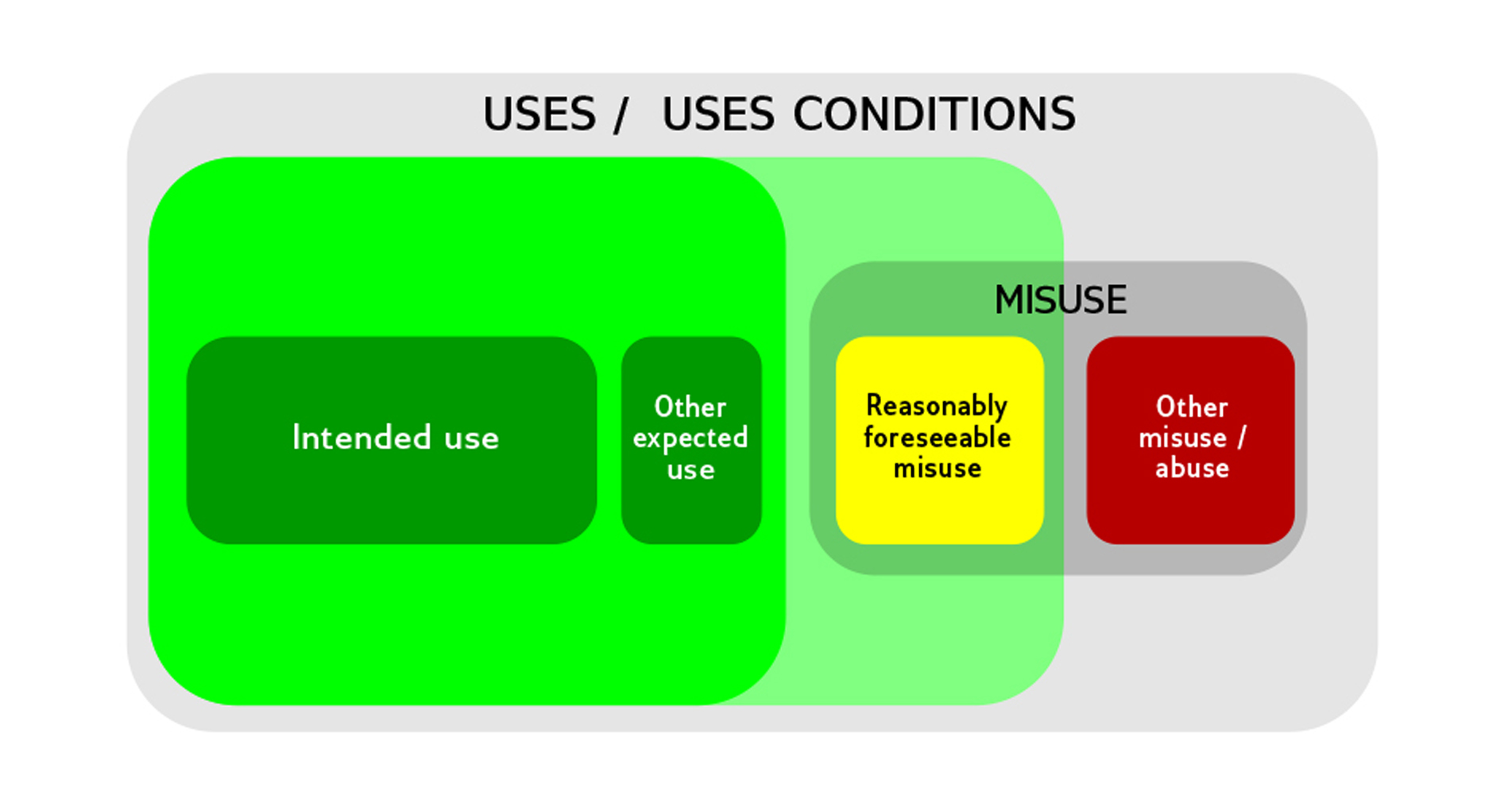Spain has done the homework. During the quiet months of Spring, rigging and H&S experts within the Spanish Event Industry have put together ideas to try to standardise the use of lifting equipment, as a result, the experts produced a short, but practical norm, to regularise the type of equipment allowed and the use of such equipment.
The Spanish Law
The new standard UNE 311002 – “Entertainment industry. Code of practice for the use of equipment for lifting and suspending loads on stages and other production areas” is not part of Spanish law per se, but it has been published as part of the normalisation set within the “Real Decreto 2200/1995” 1 which is the regulation for infrastructure – law – in Spain that drives industrial quality and safety. The legal document guides users towards a common set of standards to ensure a safe working environment.
The list of standards to be notified now includes the new UNE 311002 document, which has had final approval on the 15th of July 2020 and is available at the AENOR website – in Spanish– for 29€. 2.
Additionally, all installations in Spain must follow the “Real Decreto 1215/1997” 3 that contains the minimum health and safety requirements for the use of working equipment by workers. This document was later modified and expanded in the “Real Decreto 2177/2004” 4 that contains the minimum health and safety provisions for the use of work equipment by workers, during temporary work at height. This latter document incorporates binding current and future text from the H&S at Work European Directive 2001/45/EC – no longer in force –superseded by the European Directive 2009/104/EC 5.
The code of practice UNE 311002 complements the articles covered by the “Real Decreto 1215/1997”, “Real Decreto 2177/2004” and European Directive 2009/104/EC.
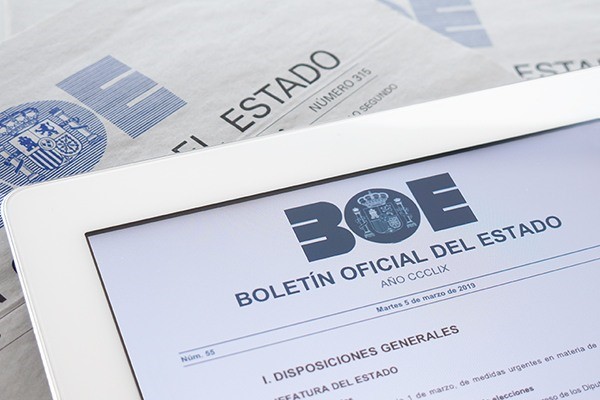
The new code of practice
The documents regulate the use of lifting equipment in stages and other production areas within the entertainment industry. In coordination with the current Machinery Directive harmonised standard EN 14492-1 and 2, the document describes the machinery installation requirements and labelling.
In particular, the code of practice:
– regulates the labels located in machinery imported from Germany (SQP2:2018) 6,
– introduces and classifies the upper machinery labelling in the new European Standard EN17206:2020,
– explains the use and regulation of acceptable secondary suspensions, and
– describes in a simple table what equipment are allowed for setup-only and for over-head movements.
Selling or placing equipment in Spain
In short, this code of practice does not affect the production, placement, or sales in Spain of any existing or any future machinery or equipment in the entertainment industry. However, some machinery manufacturers might realise that their machinery or equipment is no longer accepted by Spanish buyers as it might no longer be suitable for use in the entertainment industry.
Working and installing equipment in Spain
Event industry workers, theatres, opera houses, convention centres and other venues will be the biggest players in the ultimate success or failure of the document. All of them are in position to demand the implementation of the new code of practice. Venues could require installers to follow the practices in the document to reduce the risk of injuries in their premises and to possibly reduce their insurance liabilities. Workers working under this code of practice will see it as reassuring that minimum H&S requirements are being followed by their employer.

Collective empowerment
Have you ever felt unsafe under suspended loads? This might be because the knowledge you hold about dangerous situations is in direct contradiction with your current situation. Then, have you ever been afraid of speaking up? If you did, maybe you were told that that things always have been done this way… – Classic. – With no backing documentation, without nothing else than your knowledge, experience, or your gut feeling, it is very difficult for workers to raise awareness and prevent fatal mistakes.
Industrial knowledge is something humans are not born with; experience and years of trial and errors feed our collective knowledge of good and bad practices. The collective knowledge is altruistically written into code of practices by the hands of riggers, operators, stage managers and other industry experts.
Code of practice documents represents what is culturally accepted and what is not. Hence why they vary widely between different countries. In industrial procedures, they represent the minimum H&S requirements to be implemented by employers and to be demanded by workers. The document provides employees with the proof that minimum H&S requirements are (or are not) followed and – in case of injury – they provide a legal case against employer bad practices, regardless if the documents are enforceable by law or not.
Industry experts
Big changes are often faced by an equal and opposite force against them, and it is often said that prevention is better than a cure. That is why Spanish industry experts with the consent from AENOR have decided to anticipate an outcry and try to soften the arrival of the new code of practice by offering a live webinar. During the online conference, they explained to the industry the changes this document will represent and why it is so important that the practices listed in the document are quickly embraced. You can view a record of the streaming in YouTube (in Spanish).
During the video, the code of practice is displayed in its totality, including its most relevant parts. To conclude the session the experts underwent a live FAQ session answering the most eager questions from viewers welcoming the new document and from others that will need more time to process and adapt to the changes.
As part of the session the viewers are shown the current H&S laws in Spain. The difference between the laws and the normative document are also explained. Ana Alonso from Prevent Event clarifies that although the new norm is not a legal requirement, the “normative complements what the law says” because “the law tends to be very generic”, and that a judge will not exempt anyone if they “just followed the law” and they “knew nothing of the norm”.
Pablo Moreno from Rock And Rigging describes the main advantage of the new norm as to “level the playing field” between the rigging companies and the “standardisation of requirements between venues”, a concept later clarified by Ana Alonso. At last, Inaki Mintegi from Bilbao Arena emphasises that sadly, on some occasions, “there is no knowledge of the legal [H&S] requirements”. To conclude, Juan Jose Vila, working for AV industry, clarifies that “the normative UNE 311002 is already enforced, but it’s not a legal requirement”.
For anyone eager to skim through the video, from minute 15:49 to 47:00 the UNE 311002 document is displayed on screen. Minute 47 shows the table with the acceptable equipment and any additional requirements for upper machinery installations.
Always remember to check the local regulations before working or installing equipment in a foreign country.
References
1. Publishing UNE 311002 within “Real Decreto 2200/1995” https://www.boe.es/boe/dias/2020/05/15/pdfs/BOE-A-2020-5077.pdf
2. UNE 311002 document https://www.aenor.com/normas-y-libros/buscador-de-normas/une/?c=N0064389
3. “Real Decreto 1215/1997” https://www.boe.es/buscar/doc.php?id=BOE-A-1997-17824
4. “Real Decreto 2177/2004” https://www.boe.es/buscar/doc.php?id=BOE-A-2004-19311
5. Directive 2009/104/EC https://eur-lex.europa.eu/legal-content/EN/TXT/PDF/?uri=CELEX:32009L0104&from=EN
6. SQP2:2018 (English) https://www.igvw.de/standards/sqp2en/page8.html
